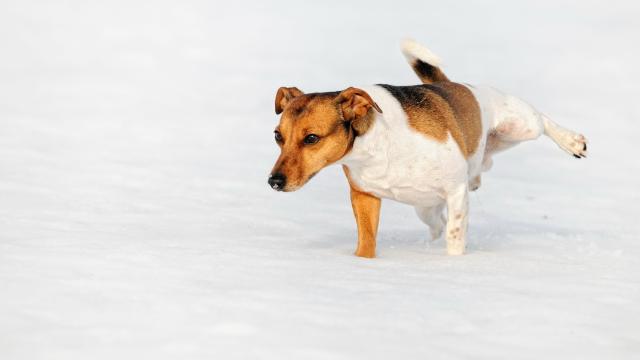Imagine yourself outdoors in a cold winter landscape. There’s a chill in your toes and the sting of cold air against your face. Sounds are muffled by the snow. You may smell a sort of clean freshness in the air. And your bladder, most likely, feels like it’s about to burst. What’s up with that?
It’s not just Murphy’s Law making you need to go as soon as you’re all bundled up. The cold itself seems to make our body fill its bladder more quickly. It’s a phenomenon known to scientists as cold-induced diuresis.
What is cold-induced diuresis?
One of the ways our body deals with the cold is to constrict blood vessels around the skin so that our blood (which is warm) circulates more around our organs and is less exposed to cold temperatures near the surface of our skin. This is related to why your fingers and toes start to feel numb.
But if there’s less blood in the outer parts of our bodies, that means there’s more blood circulating around our organs. Internally, our blood pressure is a bit higher than it normally would be.
And that means that our kidneys are now filtering our blood a bit faster than they would normally. The result of that filtering is, you guessed it, urine. So our bladder fills up sooner than it otherwise would.
What to do about cold-induced diuresis
Fortunately, cold-induced diuresis is more an annoyance than a problem. You may want to go to the bathroom before you head out into the cold, rather than having the urge hit you a few minutes after you leave the house.
Bundling up can also help. Remember, this is our body’s response to feeling cold, so if you dress warmly enough, you may not trigger that response at all.
It’s also worth remembering to stay hydrated. If you’re constantly getting cold and then peeing more than usual, you could end up more dehydrated than you realise. So if you feel extra thirsty when you come back in after a long day outdoors, make sure to drink up.

Leave a Reply
You must be logged in to post a comment.